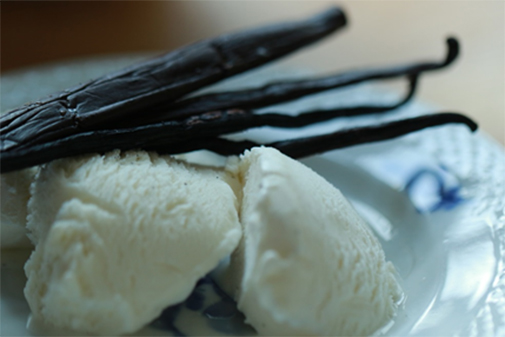The problem with vanilla
Nethaji Gallage and Birger Lindberg Møller discuss bioproduction of Vanilla in article in Chemical And Engineering News
In the article researches explain why bioconversion of vanilla via yeast and bacteria present challenges and what has been done to overcome them.
From the article: In a review of vanillin bioconversion processes, Nethaji Gallage and Birger Møller, plant scientists at the University of Copenhagen, found that both ferulic acid and eugenol are pricey raw materials (Mol. Plant 2015, DOI:0.1016/j.molp.2014.11.008).
Production of eugenol is industrialized because the molecule is used to produce various flavors and fragrances, but its price tag is still around $50 per kg, the researchers say. Naturally extracted ferulic acid costs even more, around $180 per kg.
Compared with synthesizing vanillin from petroleum or extracting it from vanilla beans, bioconversion via yeast and bacteria presents limitations, Gallage and Møller note. High concentrations of both ferulic acid and eugenol are toxic to most microbes, as is vanillin. Indeed, all three compounds are made by plants as antimicrobials.
What’s more, yields are generally low because the microbes also produce undesirable vanillin alcohol and vanillic acid. Obtaining a vanillin yield of more than a few grams per liter of fermentation broth requires specialized or mutated strains and often lengthy incubation periods.
The biotechnology firm Evolva developed a process to get around high feedstock costs and toxicity problems by feeding glucose to a genetically modified microbe that produces vanillin glucoside. The sugar group makes vanillin much less toxic to the production organism but must be removed to get vanillin.
Read the full article here

